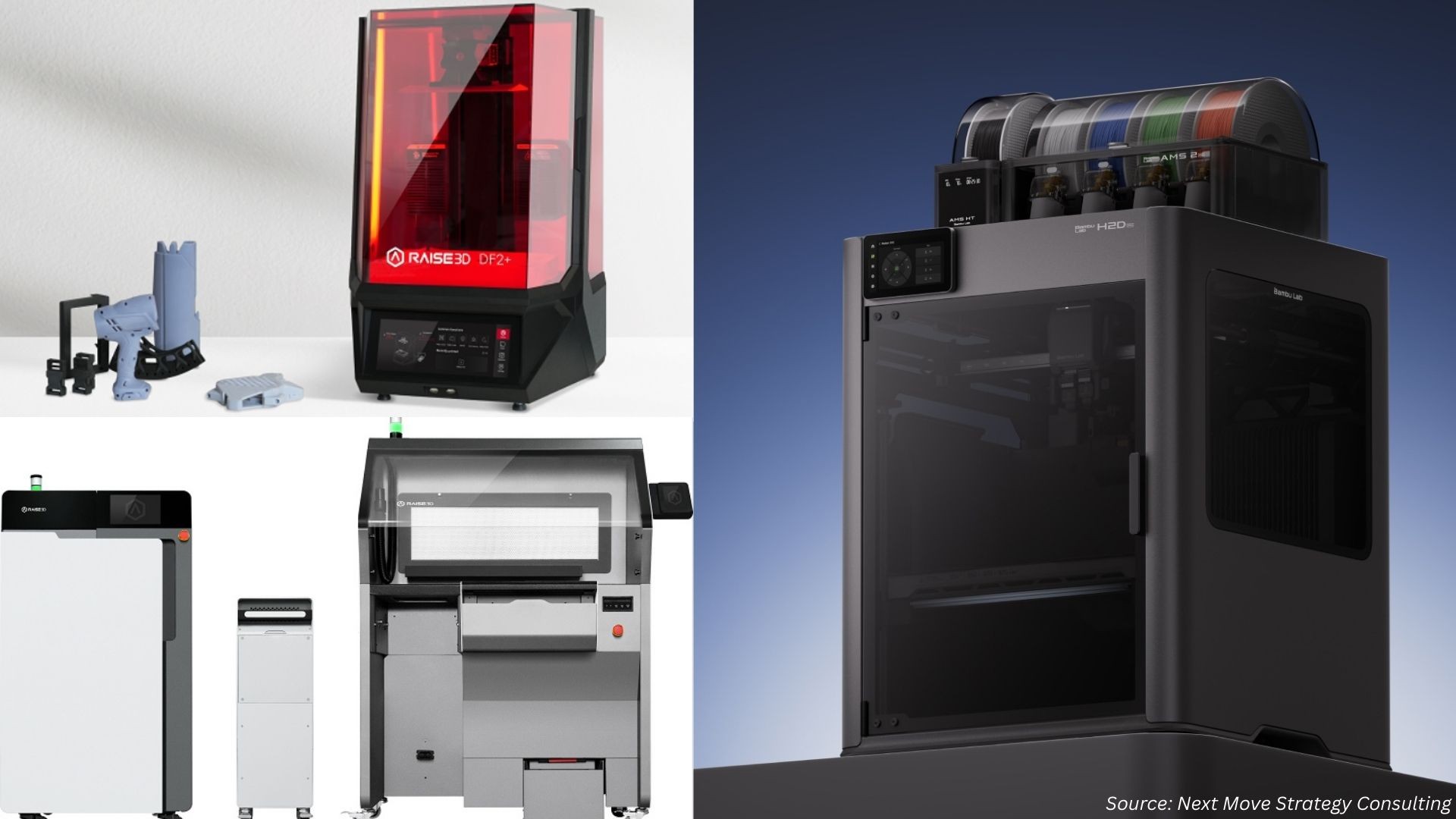
Short Wave Infrared (SWIR) and Long Wave Infrared (LWIR) Camera Market by Offering (Hardware, Software, and Services), by Product (Fixed, Handheld, Pan-Tilt-Zoom), by Technology (Cooled and Uncooled), by Scanning Type (Area Scan and Line Scan), and by End-User (Automotive, BFSI, Commercial, Government & Defense, Healthcare, Industrial, and Residential)- Global Opportunity Analysis and Industry Forecast 2024-2030
Market Definition
The Short-Wave Infrared (SWIR) and Long-Wave Infrared (LWIR) Camera Market size was valued at USD 393.5 million in 2023 and is predicted to reach USD 705.5 million by 2030 with a CAGR of 8.7% from 2024-2030. Short Wave Infrared (SWIR) and Long Wave Infrared (LWIR) camera are specialized imaging technologies that operate beyond the visible spectrum of light. SWIR camera detect light within the shortwave infrared spectrum, ranging from 0.9 to 1.7 micrometres, enabling them to capture invisible light emitted or reflected by objects. They are valued for their ability to penetrate adverse conditions including haze and fog, making them useful in applications such as surveillance and industrial inspection. In contrast, LWIR camera operate within the long-wave infrared spectrum, typically ranging from 8 to 14 micrometres, allowing them to detect heat emitted by objects rather than reflected light. This makes LWIR camera ideal for thermal imaging applications, including night vision and building inspection, where they can identify temperature variations and monitor thermal patterns effectively. Both SWIR and LWIR camera play crucial roles in various industries, offering specialized capabilities for different imaging needs.
Market Dynamics and Trends
The growing automotive industry across the globe is driving the growth of SWIR (Short-Wave Infrared) and LWIR (Long-Wave Infrared) cameras. SWIR and LWIR cameras are extensively used in tasks such as driver assistance, night vision systems, and vehicle monitoring, among others. These cameras play a crucial role in enhancing safety, improving visibility, and enabling advanced features in modern vehicles, thereby contributing to the overall growth of the automotive sector. As per the latest report published by the Association of European Automobile Manufacturers (ACEA), 79 million vehicles were produced in 2021 across the globe, and it is anticipated to grow significantly in the coming years.
Moreover, the growing use of SWIR and LWIR camera in military and defense applications, as they provide enhanced situational awareness in low-light & night-time conditions, and are increasingly used in UAVs and drones for advanced security systems and surveillance technologies due to increasing defense budgets globally is driving the growth of the market.
However, the high cost of SWIR and LWIR camera is the major factor restraining the growth of the market. On the contrary, the introduction of advanced sensors such as High Operating Performance Sensors (HiPe-SenS) is expected to further drive the growth of the SWIR and LWIR camera market. These sensors offer high sensitivity, low noise, fast response times, and excellent thermal sensitivity, making them ideal for various applications in industries such as automotive, aerospace, defense, and surveillance.
Market Segmentations and Scope of the Study
The SWIR/LWIR camera market share is segmented on the basis of offering, product, technology, scanning type, end-user, and region. On the basis of offering, the market is divided into hardware, software, and services. On the basis of product, the market is classified into fixed, handheld, pan-tilt-zoom. Based on technology, the market is segmented into cooled and uncooled. On the basis of scanning type, the market is divided into area scan and line scan. On the basis of end-user, the market is segmented into automotive, BFSI, commercial, government & defense, healthcare, industrial, and residential. Regional breakdown and analysis of each of the aforesaid segments include regions comprising of North America, Europe, Asia-Pacific, and RoW.
Geographical Analysis
North America holds the dominant share of SWIR/LWIR camera market and is expected to continue its dominance during the forecast period. This is attributed to factors such as the increasing investment in military and defence sector for improved threat detection, target tracking, and border surveillance. According to the Department of Defense of the United States, the U.S. government holds the top spot in terms of military and defense spending across the world. The U.S. spent USD 1.98 trillion for the advancement of the military sector, as well as the development of cutting-edge weapons and equipment incorporating SWIR/LWIR technology for the year 2023.
Moreover, the presence of developed healthcare sector in this region, driven by rising investment in advanced medical imaging devices for early cancer detection, blood flow monitoring, and minimally invasive surgeries, are significantly contributes to the growth of the market in this region. According to the American Medical Association, the healthcare spending in the US for diagnosis, remote patient monitoring, and development of highly advanced imaging technologies, including those that use SWIR LWIR imaging, reached USD 187.6 billion in 2021.
On the other hand, Asia Pacific is expected to show a steady rise in the SWIR/LWIR camera Market. This is due to the presence of the largest automotive manufacturing industry in this region. According to the China Association of Automobile Manufacturers, China sold a total of 27 million vehicles in 2022 as compared to the 23 million car sales in 2021.
Moreover, the increased security needs and the adoption of automation in financial processes in the BFSI sector in the Asia Pacific is driving the growth of the SWIR/LWIR market in this region. According to the China Banking and Insurance Regulatory Commission, China's BFSI is one of the largest industries in the world with total assets of these sector valued at USD 51.19 trillion in 2022. With the China’s BFSI industry being one of the largest in the world, there is a growing demand for advanced security and surveillance systems for the protection of assets and personal data, which is driving the growth of the SWIR/LWIR camera market.
Competitive Landscape
Various market players operating in the SWIR/LWIR camera market include Teledyne FLIR LLC, Allied Vision Technologies GmbH, Basler AG, Gatherstar Technology, Lytid, Axiom Optics, Sensors Unlimited, Collins Aerospace, Fluke Corporation, Teledyne FLIR LLC, and others. These market players are adopting product launch strategies to remain dominant in the market.
For instance, in October 2022, Xenics launched the Wildcat 1280, a high-resolution infrared camera for industrial and scientific applications. The new camera features a resolution of 1280x1024 pixels and SWIR technology, it is ideal for laser beam profiling, hyperspectral imaging, and more. It offers a high frame rate of up to 480 fps, advanced image processing, and various interface options.
Moreover, in October 2022, Infratec unveiled their latest generation SWIR (Short-Wave Infrared) camera, offering improved sensitivity, image quality, and versatility for various applications. The camera features enhanced performance, including better signal-to-noise ratio and dynamic range, along with advanced image processing algorithms for real-time image enhancement and analysis in the field of infrared imaging.
Furthermore, in May 2021, Allied Vision Technologies launched the Alvium 1800 C camera series featuring Sony Pregius S sensors. These cameras offer high-resolution image capture with exceptional image quality and low noise performance for industrial applications.
KEY BENEFITS
-
The report provides quantitative analysis and estimations of the SWIR/LWIR camera market from 2024 to 2030, which assists in identifying the prevailing market opportunities.
-
The study comprises a deep-dive analysis of the SWIR/LWIR camera market including the current and future trends to depict prevalent investment pockets in the market.
-
Information related to key drivers, restraints, and opportunities and their impact on the SWIR/LWIR camera market is provided in the report.
-
Competitive analysis of the players, along with their market share is provided in the report.
-
SWOT analysis and Porters Five Forces model is elaborated in the study.
-
Value chain analysis in the market study provides a clear picture of roles of stakeholders.
KEY MARKET SEGMENTS
By Offering
-
Hardware
-
Software
-
Services
By Product
-
Fixed
-
Handheld
-
Pan-Tilt-Zoom
By Technology
-
Cooled
-
Uncooled
By Scanning Type
-
Area Scan
-
Line Scan
By End-User
-
Automotive
-
BFSI
-
Commercial
-
Government & Defense
-
Healthcare
-
Industrial
-
Residential
By Region
-
North America
-
The U.S.
-
Canada
-
Mexico
-
-
Europe
-
The UK
-
Germany
-
France
-
Italy
-
Spain
-
Denmark
-
Netherlands
-
Finland
-
Sweden
-
Norway
-
Russia
-
Rest of Europe
-
-
Asia Pacific
-
China
-
Japan
-
India
-
South Korea
-
Australia
-
Indonesia
-
Singapore
-
Taiwan
-
Thailand
-
Rest of Asia Pacific
-
-
RoW
-
Latin America
-
Middle East
-
Africa
-
REPORT SCOPE AND SEGMENTATION:
|
Parameters |
Details |
|
Market Size in 2023 |
USD 393.5 Million |
|
Revenue Forecast in 2030 |
USD 705.5 Million |
|
Growth Rate |
CAGR of 8.7% from 2024 to 2030 |
|
Analysis Period |
2023–2030 |
|
Base Year Considered |
2023 |
|
Forecast Period |
2024–2030 |
|
Market Size Estimation |
Million (USD) |
|
Growth Factors |
|
|
Countries Covered |
28 |
|
Companies Profiled |
15 |
|
Market Share |
Available for 10 companies |
|
Customization Scope |
Free customization (equivalent to up to 80 working hours of analysts) after purchase. Addition or alteration to country, regional, and segment scope. |
|
Pricing and Purchase Options |
Avail customized purchase options to meet your exact research needs. |
KEY PLAYERS
-
Teledyne FLIR LLC
-
Allied Vision Technologies GmbH
-
Basler AG
-
Gatherstar Technology
-
Lytid
-
Axiom Optics
-
Sensors Unlimited
-
Collins Aerospace
-
Fluke Corporation
-
Teledyne FLIR LLC




















 Speak to Our Analyst
Speak to Our Analyst

























